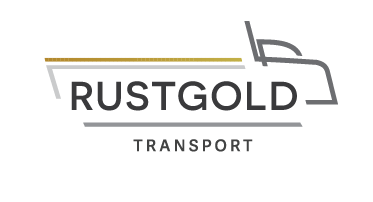Borrowing to purchase listed shares – 100% tax ineffective?
Where a person borrows money to purchase shares, the general rule would be that the interest paid on the funds borrowed to fund that acquisition would not be deductible for tax purposes, the reason being that the interest expense is not incurred in the production of “income”.[1]+[2]
Similarly, interest paid cannot be said to be a cost incurred in the acquisition of an asset (such as a share) for capital gains tax purposes: by its very nature, interest is a recurring cost only incurred after acquisition of the underlying asset if funded through debt. One would therefore imagine that interest incurred on funds borrowed to acquire an asset can similarly not form part of the “base cost” of the asset for capital gains tax purposes, in other words, used to negate the capital gains tax cost which arises when the asset purchased is eventually disposed of.
Leaving aside the commercial wisdom of borrowing money to fund the acquisition of listed shares (and probably giving up assets as security in the process), the Eighth Schedule to the Income Tax Act contains a surprising exception to the general rule against non-capitalisation of interest costs for capital gains tax purposes. Paragraph 20(1)(g) determines that “… one-third of the interest as contemplated in section 24J excluding any interest contemplated in section 24O[3] on money borrowed to finance the expenditure contemplated in items (a) or (e) in respect of a share listed on a recognised exchange…” may be added to the base cost of those listed shares[4] acquired. In other words, whilst all interest incurred on such debt funding will not be taken into account to calculate the base cost of the shares, 33% of all interest incurred at least may be added to the initial cost of acquisition of the shares in determining its base cost, and eventually in calculating the capital gain realised on disposal of those shares in due course.
While interest is therefore not deductible for tax purposes on the debt used to acquire shares generally – and interest would moreover typically not rank as a cost to be taken into account for purposes of calculating the base cost of an asset for capital gains tax purposes – interest incurred on the acquisition of listed shares appears to be a definite exception.
The exception is definitely one of the lesser-known provisions in the Income Tax Act, and one which is often overlooked when listed shares are sold. Where a listed share portfolio is therefore built up over time, investors should take into account borrowing costs that may have been incurred over the years to shore up further investments in their listed investment portfolios.
[1] Section 23(f) of the Income Tax Act, 58 of 1962.
[2] “Income” being defined in section 1 of the Income Tax Act as being “gross income” less “exempt income” (such as local dividends received). Dividends are therefore not part of “income” for purposes of the Income Tax Act, and expenditure incurred to generate such exempt income, not deductible for tax purposes.
[3] Interest incurred typically linked to a corporate restructure, which would generally not find application for an ordinary investor.
[4] These listed shares may be either locally listed, or on a recognised stock exchange outside of South Africa.
This article is a general information sheet and should not be used or relied on as legal or other professional advice. No liability can be accepted for any errors or omissions nor for any loss or damage arising from reliance upon any information herein. Always contact your financial adviser for specific and detailed advice. Errors and omissions excepted (E&OE)
